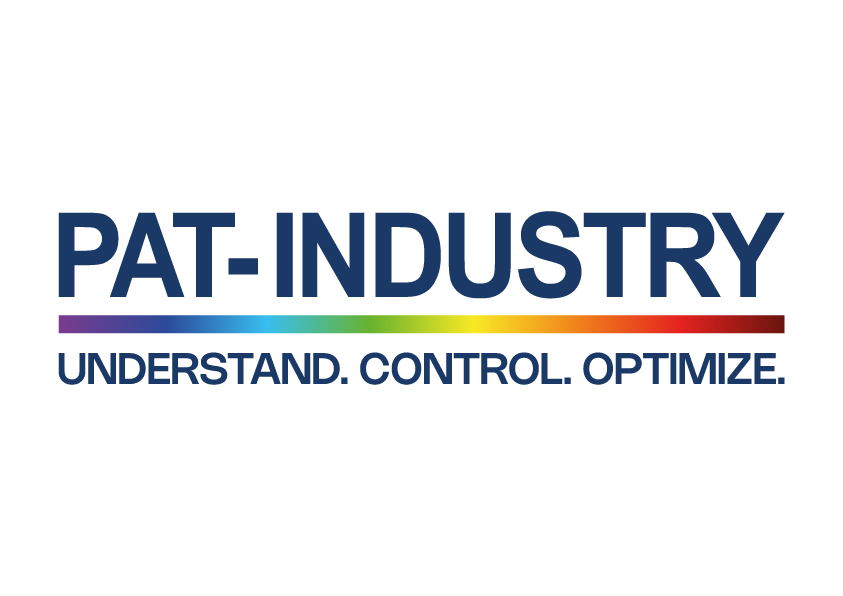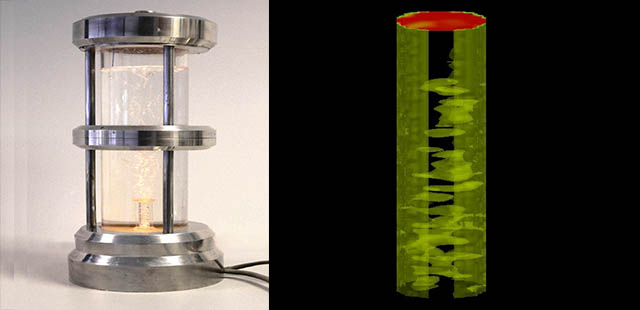Optimisez le fonctionnement de vos colonnes à bulles pour réactions gaz-liquide grâce à la tomographie ERT industrielle. Visualisez en temps réel la distribution du gaz, analysez l’efficacité du sparger, détectez les zones gaz-riches/gaz-pauvres et pilotez votre process via des sorties de contrôle automatiques.
Solution adaptée aux procédés chimiques, organiques et milieux aqueux.
Points clés
- Tomographie ERT (ElectroResistive Tomography) pour colonnes à bulles gaz-liquide
- Visualisation et analyse temps réel de la répartition du gaz sur la hauteur et le rayon de la colonne
- Application Maxwell pour quantification précise du gas hold-up
- Adapté à milieux aqueux (ERT) et organiques (capacitance tomography)
- Détection et contrôle des performances du sparger et de la phase gaz/liquide
- Analyse statistique avancée, export contrôle 4-20mA vers systèmes automates
- Idéal pour process chimiques et industriels complexes

